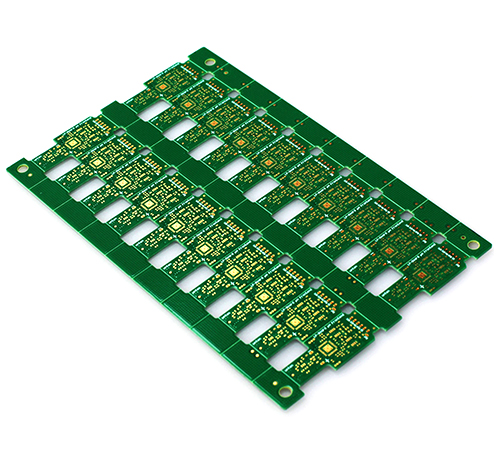Time:2022-07-20 Visit:
The role of surface tension in welding:
Surface tension is in the opposite direction to the wetting force, so surface tension is one of the factors that are detrimental to wetting.

Whether reflow, wave or hand soldering, surface tension is a detriment to forming a good solder joint. However, the surface tension can be used in the process of reflow soldering - when the solder paste reaches the melting temperature, under the action of the balanced surface tension, a self-alignment effect (SelfAlignment) will occur, that is, when the component placement position has a small amount of When deviated, the component can be automatically pulled back to the approximate target position under the action of surface tension. Therefore, the surface tension makes the reflow process looser on the placement accuracy requirements, and it is easier to achieve a high degree of automation and high speed.
At the same time, because of the characteristics of "reflow" and "self-positioning effect", the SMT reflow soldering process has stricter requirements in terms of pad design and component standardization. If the surface tension is unbalanced, even if the placement position is very accurate, there will be welding defects such as component position deviation, tombstones, and bridges after welding.
During wave soldering, due to the size and height of the SMC/SMD component body itself, or because high components block short components, the oncoming tin wave flow is blocked, and the shadow effect is caused by the influence of the surface tension of the tin wave flow. The back side forms a blocking area that liquid solder cannot infiltrate, resulting in solder leakage.